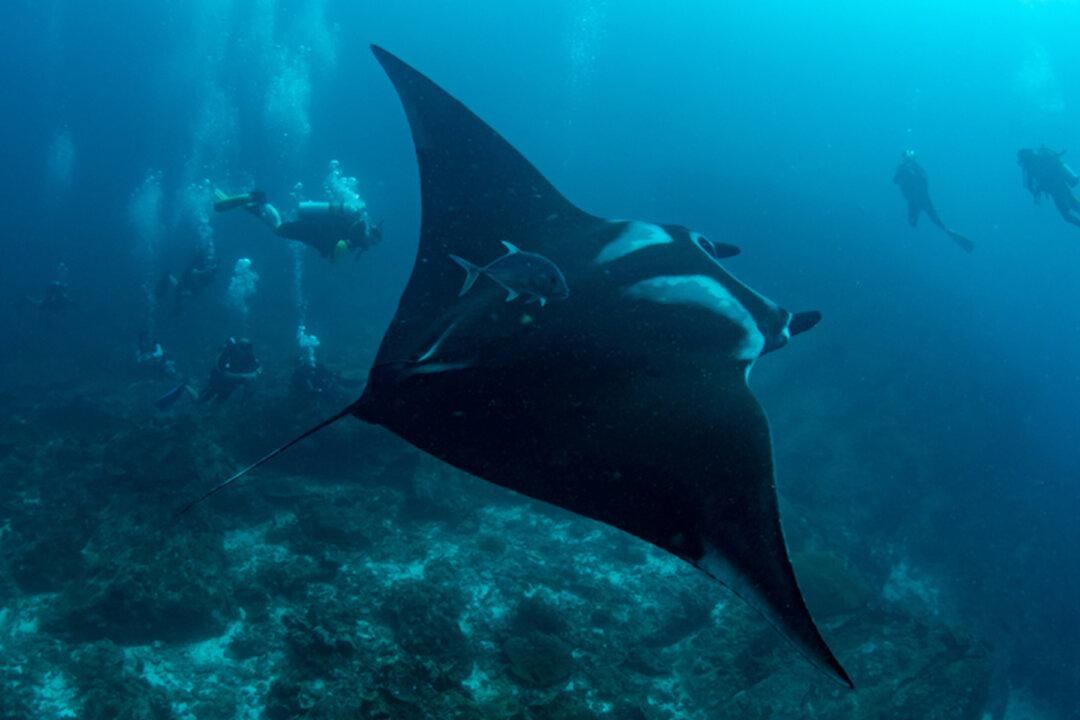All too often, creatures of the sea are found tormented by the detritus of human industry. In the waters of southwest Australia’s Ningaloo Reef, a gentle giant found itself in distress; fortunately, a conscientious human crossed paths with it just in the nick of time.
Jake Wilton, an underwater photographer from Ningaloo Marine Interactions, was diving with British marine biologist Monty Halls in July of 2019. Suddenly, the pair noticed they were being shadowed by the humongous sea creature.




